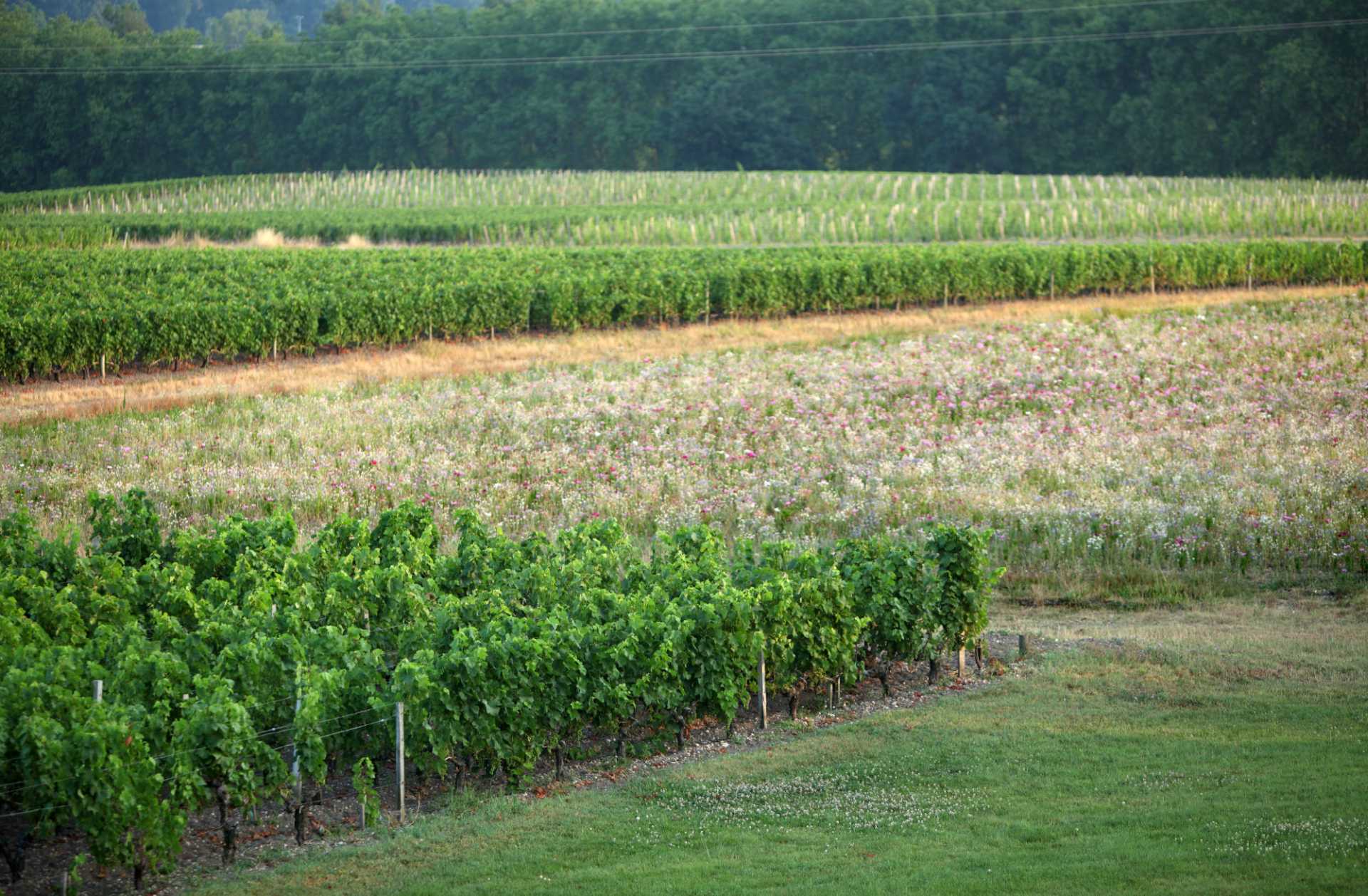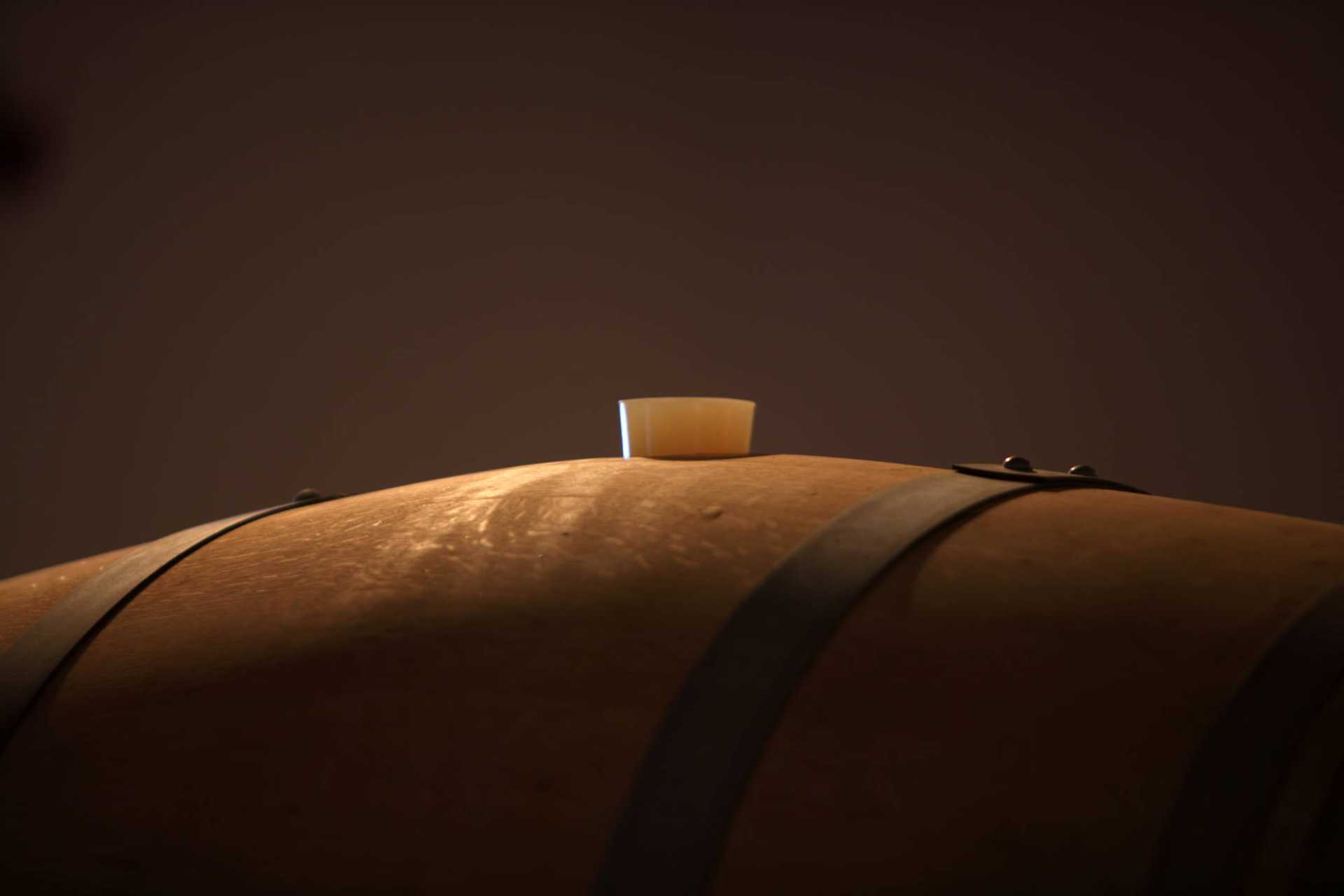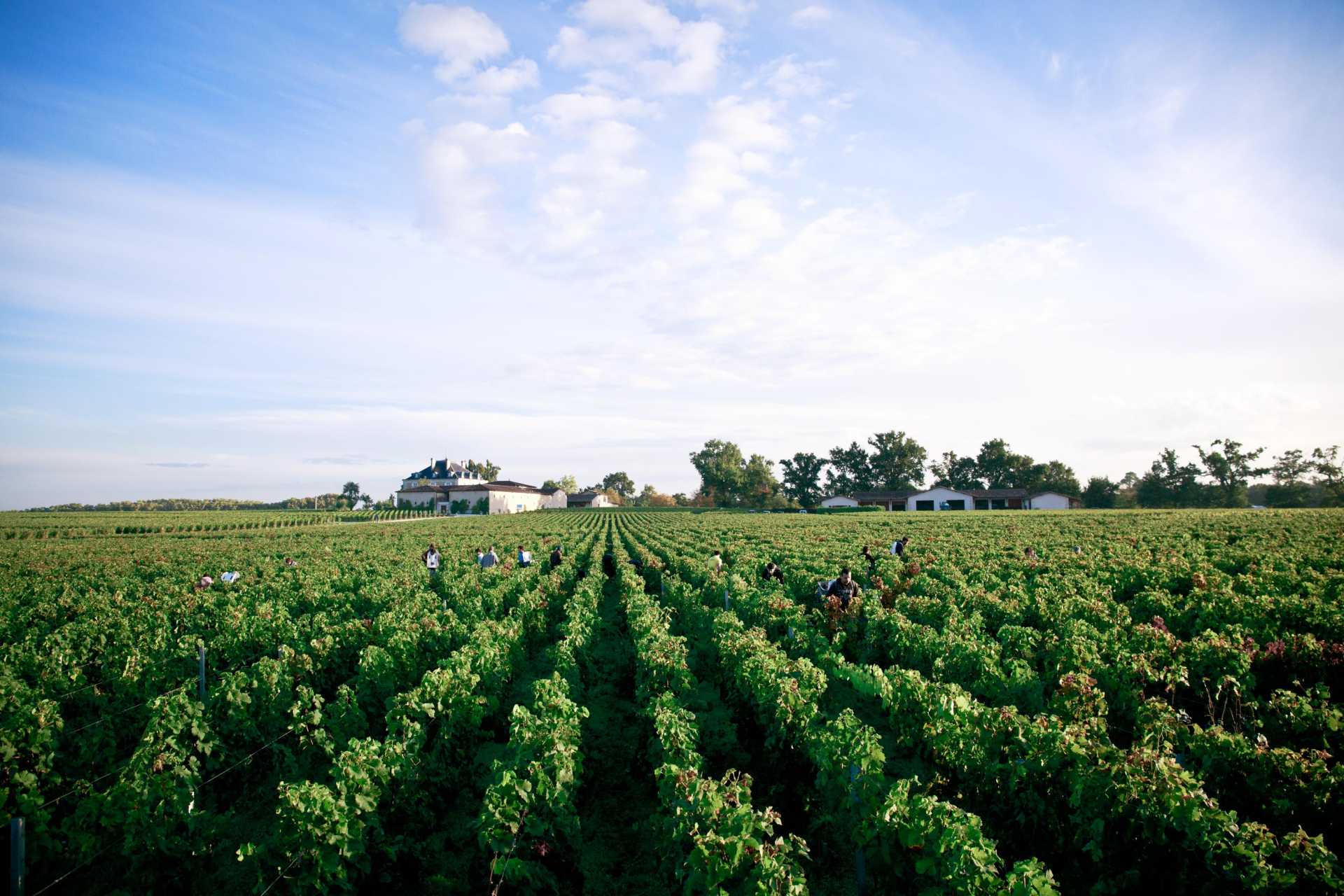Château Haut-Bailly is a Classified Growth of Graves, nestled in the heart of the Pessac-Léognan appellation. This wine estate is renowned for the elegance, finesse, and timeless style of its red wines. Its recognition for quality is attested by its classification as a Cru Classé de Graves in 1953, a distinction revised in 1959.
The history of Château Haut-Bailly dates back to the 15th century, with a vineyard documented as early as 1461. The estate owes its name to the Le Bailly family, who became owners in 1630. By the end of the 17th century, Haut-Bailly was already well-known, selling its wines by vintage.
Alcide Bellot des Minières, who acquired the property in 1872, built the current château and managed to maintain the value of Haut-Bailly wines at the level of the Médoc's First Growths even after the phylloxera crisis. Subsequently, the Sanders family, with Daniel Sanders in 1955 and then his son Jean in 1979, undertook a complete renovation of the vineyard and its facilities. The estate was purchased in 1998 by American banker Robert Wilmers (who passed away in 2017). He initially kept Jean Sanders, and now his daughter Véronique, at the head of the château.
The Château was granted the "Entreprise du Patrimoine Vivant" (Living Heritage Company) status in 2016, recognizing its craftsmanship and cultural heritage. The inauguration of new, ultra-modern cellars for the 2021 vintage reflects this continuous pursuit of improvement.
Château Haut-Bailly's vineyard, covering 39 hectares, is located on one of the highest gravel outcrops on the left bank of the Garonne, in Léognan, benefiting from an ideal topography. The soil is a blend of gravel over "crasse de fer" (iron pan), sand, and clay, with gentle slopes ensuring excellent drainage. The subsoil, rich in fossils and marine sediments known as "faluns," imparts distinctive freshness and aromatic richness to the wines.
The grape varietal composition includes 60% Cabernet Sauvignon, 34% Merlot, 3% Cabernet Franc, and 3% Petit Verdot. A 4-hectare parcel, more than a century old (planted in 1905) and comprising six interplanted grape varieties, serves as an ampelographic conservatory. It contributes to the timeless soul and complexity of Haut-Bailly's wines.
Vineyard management focuses on respecting living organisms (HVE certification), integrating traditional soil work. Manual operations include gentle pruning, debudding, and leaf thinning. After manual harvesting, the grapes undergo strict sorting on a vibrating table.
The cellar, inaugurated for the 2021 vintage, is equipped with 54 tanks (concrete and conical stainless steel) of varying capacities (50 to 200 hl), allowing for parcel-by-parcel vinification. Alcoholic fermentation is rigorously temperature-controlled (around 27°C) with gentle pump-overs to preserve the fruit and extract silky tannins. Malolactic fermentation then takes place in barrels and stainless steel tanks.
After blending, the wines are aged in fine-grained French oak barrels from seven different coopers for a period of 14 to 16 months (up to 18 months for the 2021 vintage). The proportion of new barrels is adjusted to the structure of each vintage, ranging between 50% and 60% for the Grand Vin.
Château Haut-Bailly's philosophy is based on "exigence and temperance." This ethic translates into a style of wines recognized for their elegance and finesse. The bouquet of a Haut-Bailly reveals black fruits (blackcurrant, blackberry), tobacco, flowers (violet), a hint of spices, licorice, coffee, and smoky and mineral nuances. On the palate, the wine is silky, with fine and precise tannins. It is dense and fleshy, yet without heaviness, offering freshness, power, and a long, savory finish. Haut-Bailly wines are designed for prolonged aging, which can extend for several decades.

![]()
![]()
![]()
![]()





